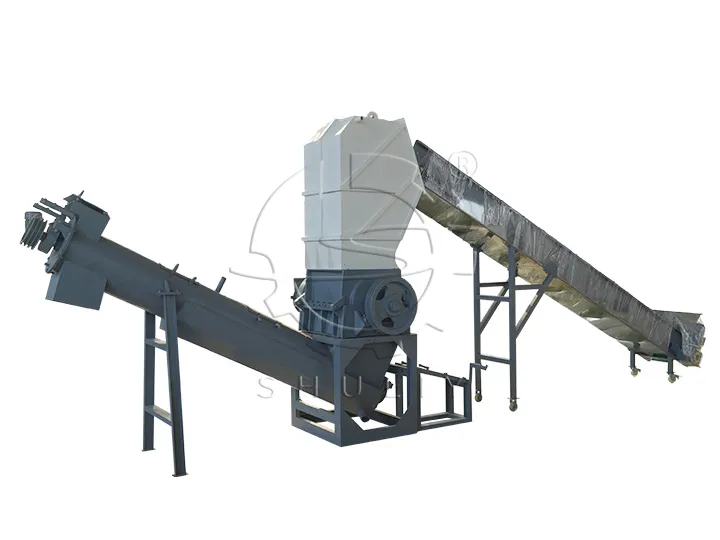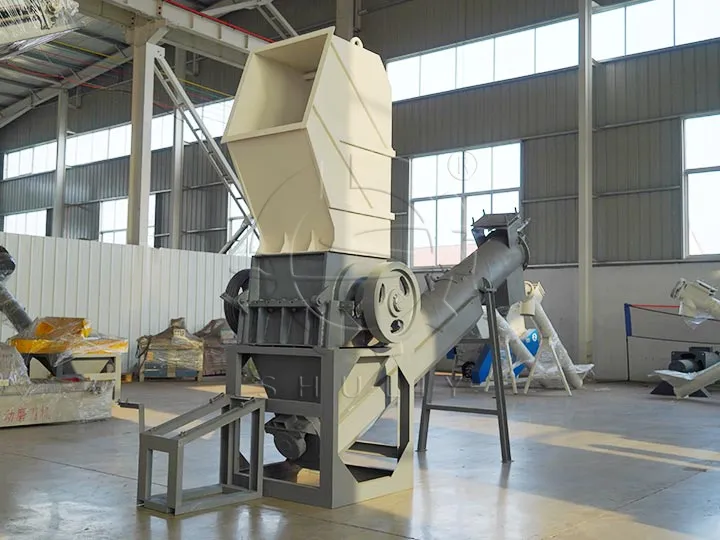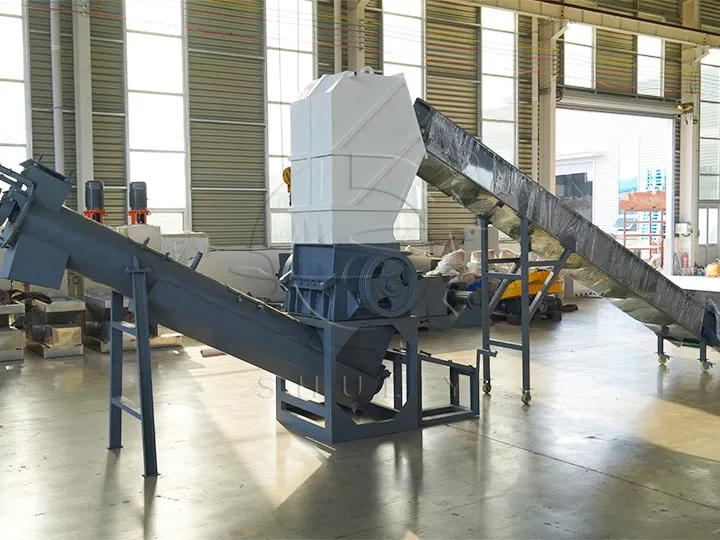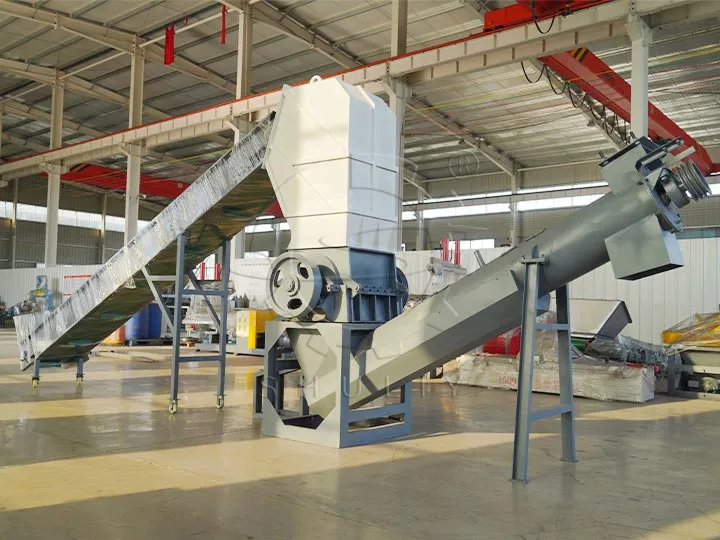
PET shredder machine as an important processing equipment for waste plastics, plays an important role in plastic recycling. However, there are differences in the treatment of different types and forms of waste plastics. The following will provide a detailed introduction to the plastic PET bottle crushing machine for different types of waste plastics processing skills.
Handling of soft plastics
Soft plastics are those materials that have poor thermal properties and are easily deformed, such as PE and PP. Since soft plastics are more easily deformed, it is necessary to use a relatively small blade spacing and a large discharge opening in the processing of the PET shredder machine. This is to prevent the soft plastic in the jaws of the process of stretching phenomenon, resulting in poor cutting uniformity.
In addition, the processing of soft plastics also needs to consider the moisture content of the material. Because of the high water content of soft plastics, it is necessary to dry the waste plastics before processing them in the plastic PET bottle crushing machine to ensure the effect of cutting.

Treatment of hard plastics
Hard plastics refer to those plastic materials with better thermal properties and lower toughness, such as ABS, PC, etc. Hard plastic materials are relatively hard. So in the automatic plastic bottle crusher processing hard plastic needs to use more finer edge and relatively small outlet. This can ensure the effect and uniformity of crushing. In addition, the waste material of hard plastics is more susceptible to surface contamination. Therefore, it is necessary to remove the impurities and dirt before processing in the PET shredder machine to ensure the processing effect.

Handling of films and fibers
Films and fibers are those materials that are easily deformed due to thinness or deformed by stretching, such as packaging film and fabric fibers. Generally speaking, films and fibers need to be processed in PET shredder machines with special blades and meshes. And you need to use a lower cutting speed to avoid tearing and mixing of waste materials.
When processing films and fibers, you need to take into account the coverings on their surfaces, such as grease, dust, and so on. This dirt can affect the recycling efficiency and quality of the waste material. Therefore they need to be cleaned and treated before processing.


